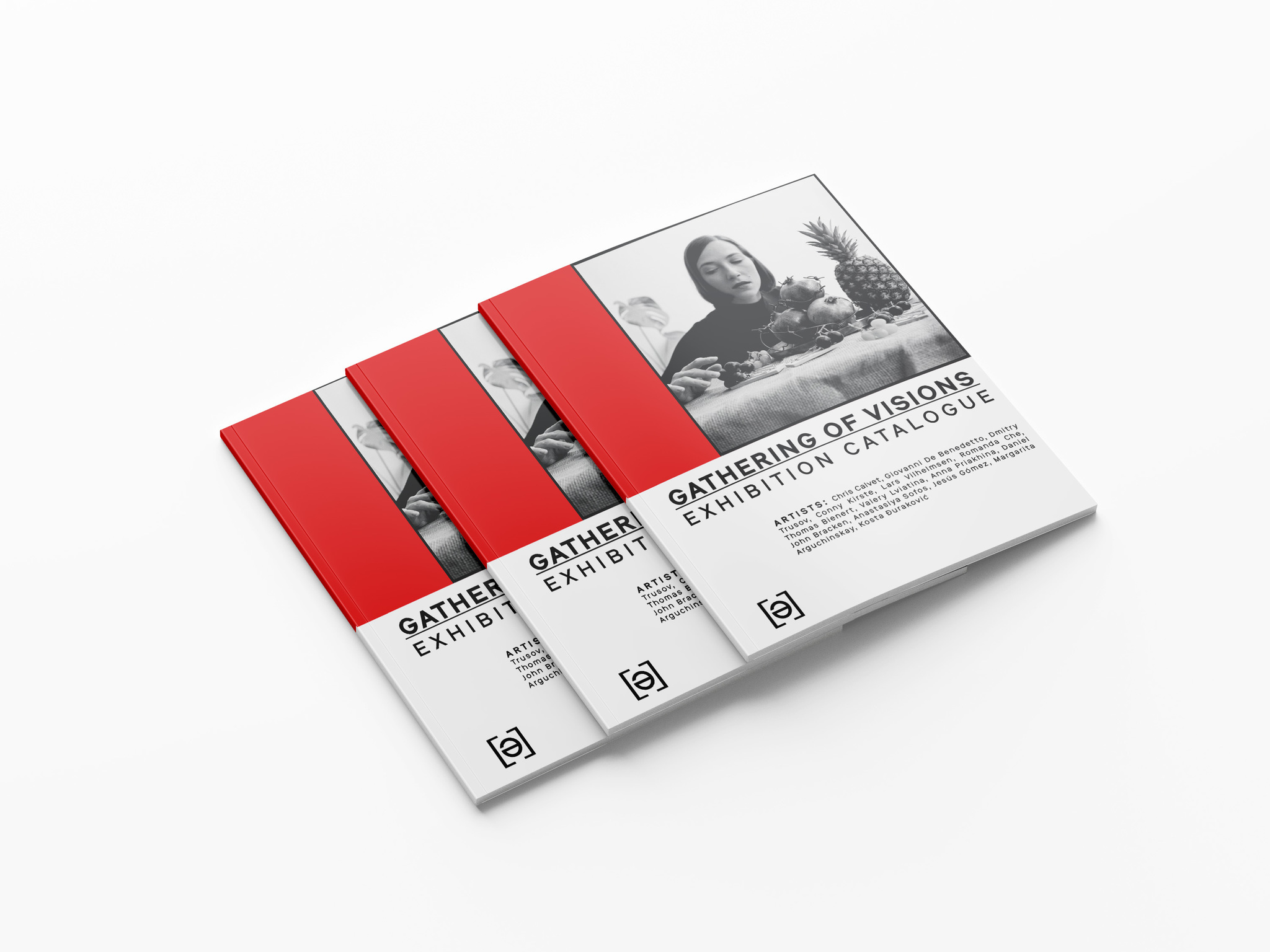Inclusive Design, Accessibility, and Access in Exhibition Curation
Being inclusive starts with the creator of the project. After closely reviewing and looking at accessibility of ArtSteps, the software itself limits the accessibility of the project.
Points of Exclusion in Exhibition
ArtSteps/Exhibit site
One point of exclusion is if someone lacks the ability to see screens and/or don’t have access to a phone and/or computer. The project it self is a computer based software. Thus, one must have access to a computer or app on the phone. The project excludes people who have sight problems and lack the ability to look at screens. I am not unsure, but high doubt the ArtSteps have accessibility for those that can’t see. I couldn’t find anything about screen readers for the program. My main deliverable is having the images upload and on displayed within this program. This would effect legal blind, cataracts, brain injuries, concussion, migraines, and more. These disabilities range from permanent to temporary. One must be able to see the artworks and click to see the information on the pieces. This would also pose a problem for those who need alt text. ArtStep doesn’t have a section to put alt text or anything. Furthermore, those who are color blind might have a problem. Most of the pieces, I chose have colors or are just one color. So depend which colors someone can’t see, affects how you view the art. Continuing on, another point of exclusion is people who can’t click on the artworks. This includes people who lack arms and/or can’t push on a keypad or mouse. That means they would be able to see the screen but not start the tour nor see information about the pieces. Art Steps has a function, where your avatar walk follows a set path made by the creator. However, one must be able to push the play button to start. These points of exclusion would effect people’s experience and they would miss out on what I believe is important.
Catalog/Print item
The catalog would be a physical paper thus, those tho can’t hold the booklet and flip through the pages can’t see the content. This would affect people with missing limbs, weakness in the arms, wrist or fingers, MS, etc. The catalog has a point of exclusion when it comes to font size. Unlike a computer or phone, one can’t zoom in. This problem would affect those with visual problems such as: people who need reading glasses, legal blind, color blind, and low vision.
Solutions
The first solution I thought about involves using the guided tour function. This allows the avatar to move in a certain order for an amount of time automatically. The only problem is the person who have to hit play. I am unsure if the language function on computers would play it if you give the command. However, it would help for those who are able to hit play at most once. This would also help neurodivergents who wouldn’t know where to start. This feature would be an option for the viewer, thus if they read slower than the amount of time I provide, they can always pause it or click around themselves.
The next solution for the catalog is to print on bigger paper. Normally, exhibitions/galleries have small paper (figure 1 & 2) and fonts, however I can print on a standard size piece of paper. These could help with font sizes, spacing, and print services so I don’t have to use a different paper size. I am unsure if they are able to print any other size than the standard size. Thus, the catalog will take the form of

This is an exhibiton catalogue for “Gathering of Visions”. It shows the standard size (5×5) for an exhibition catalog. The images and wording is small.
figure 1

This is a standard size booklet 8.5 x 11) that allows for more space. The images and wording could be bigger.
figure 2
Spreading the Word
My goal for my project is just for people who are interested in art, art history, and the Communications Department’s professors to see it. I never thought of it going further than that. The COM professors would see the project when they attend the capstone presentations. I told some of my professors about the project, word of mouth. I would communicate with the art and art history world by sending an email to Dr. Martha Easton, Art History Area Head and Program Director. She would send a mass email to everyone who is an Art/Art History major and minor. This project would likely go as far as this campus and in my resume.
Leave a Reply